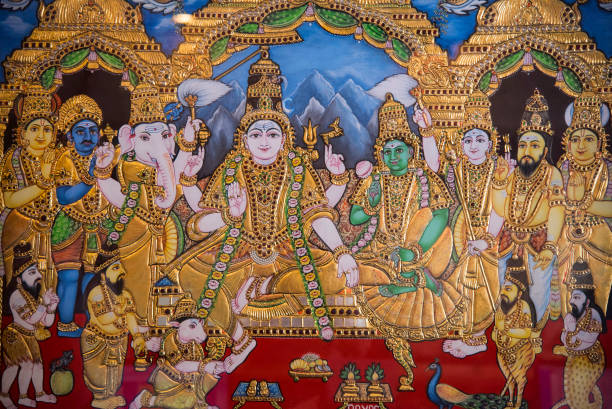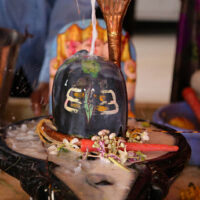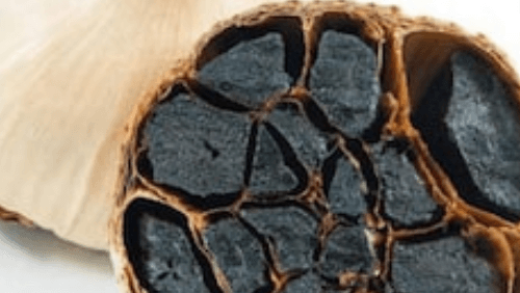Our earth is rich in flora and fauna comprising of millions of species varying from region to region. Being it the birds, wild animals, water survivors, or reptiles, each of them has its significance making the blue planet look even more beautiful. Rarest Snake on the Earth.
Snakes, the limbless, elongated, and carnivorous reptiles are ectothermic, having many species across the world. There are more than 3,900 species of snakes found to date having resided in different habitats.
But some of them are considered erratic due to their presence in very small numbers. Let us know about such a rarest species of the snake through this blog.
Historic prospects.
Earlier the Antiguan racer of Caribbean island was considered the world’s rarest snake. whereas Saint Lucia racer was the second most frequently found snake over this island and in Saint Lucia. Under such conditions, the large fall in their number is a curio-point.
The reason behind this was the mongoose, which was introduced in the 19th century to this island. Since the invasive mongoose found it more convenient to feed on ground prevalent reptiles. Their number kept declining year by year.
The blue and rarest snake- less than 20 in number.
Saint Lucia racer is the scarcest species of snake found on earth. Having a brown-colored slithery appearance, this species holds its reputation as the globe’s imperiled snake. A few years back, a monthly survey was accomplished against saint Lucia, that revealed a very lower existence of this kind of snake. Rarest Snake on the Earth.
Less than 20 Lucia snakes were observed on a small piece of island at Carrabin Island of Saint Lucia. It is due to this reason, the snake got its name as “Saint Lucia racer”. This are also found in a minor patch of the area in mangroves lying on the eastern coast of this country.
this snakes were known to have been extinct for about 40 years up until in the year 1973, a snake belonging to this species was found on Maria Major island on the off coast of Saint Lucia.
They are mostly the food of mongooses, hence their existence is susceptible to the places known to be the habitat of mongooses. However, these non-venomous snakes eat local lizards as their fodder.
Facts about Saint Lucia racer.
Some of the important facts associated with this racer snake species are as follows:
- Scientifically known as Erythrolamprus Ornatus.
- These snakes are usually shorter in length i.e. about 123.5 cm.
- They are mainly found in natural environments comprising of forest and shrubland.
- They are non-venomous and prey on small insects and lizards.
- Less than 20 snakes are remaining, holding the title of the world’s rarest snake.
- They are now found only in the small patch of Major Maria island of Saint Lucia mainland.
- Rarest Snake on the Earth.
Measure to save the Lucia species.
As per a report of Durrell Wildlife Conservation Trust (DWCT). “the population of this species is still under survival, but are at huge risk of getting extinct in coming years”.
Presently, DWCT is playing an important role in the conservation of Saint Lucia racer by collaborating with flora and flora international. The saint Lucia forestry department, and saint Lucia trust.
They receive additional funding and support from the Disney Worldwide Conservation Fund, Balcombe Trust, and the U.S. Fish & Wildlife Service to save the species from getting eradicated from the globe. Moreover, the conservation organization has taken the removal of mongooses as a special measure since they are the main predator of this species of snakes.
Further, an international conservation charitable authority named Fauna and Flora International (FFI) has been taking the chief steps to protect this species along with many others, that are either threatened or endangered or at higher risk of getting extinct. This organization focuses on restoring the safer habitats of fauna to let them develop under total protection and human care.
After looking over to the conservation approaches, it is now a ray of hope that by protecting the left racer snakes, we can bring back their population with better stability to sustain in the island. The brink of their comeback will add upon a boon to the diversity of fauna on the blue planet i.e. our Earth.











